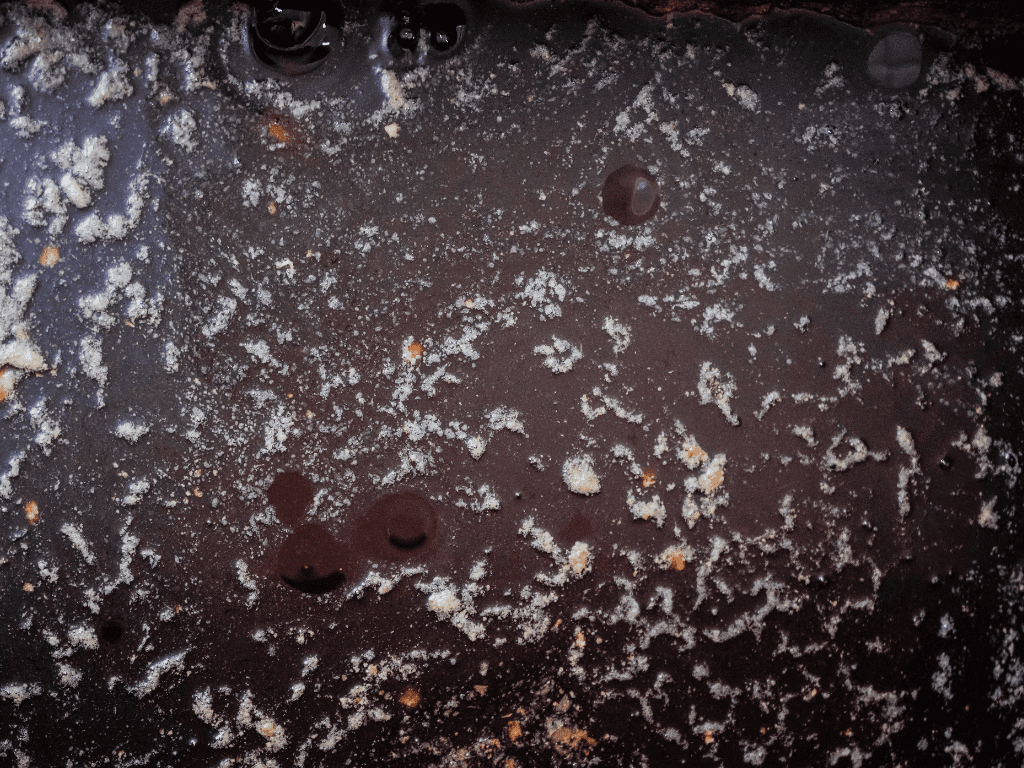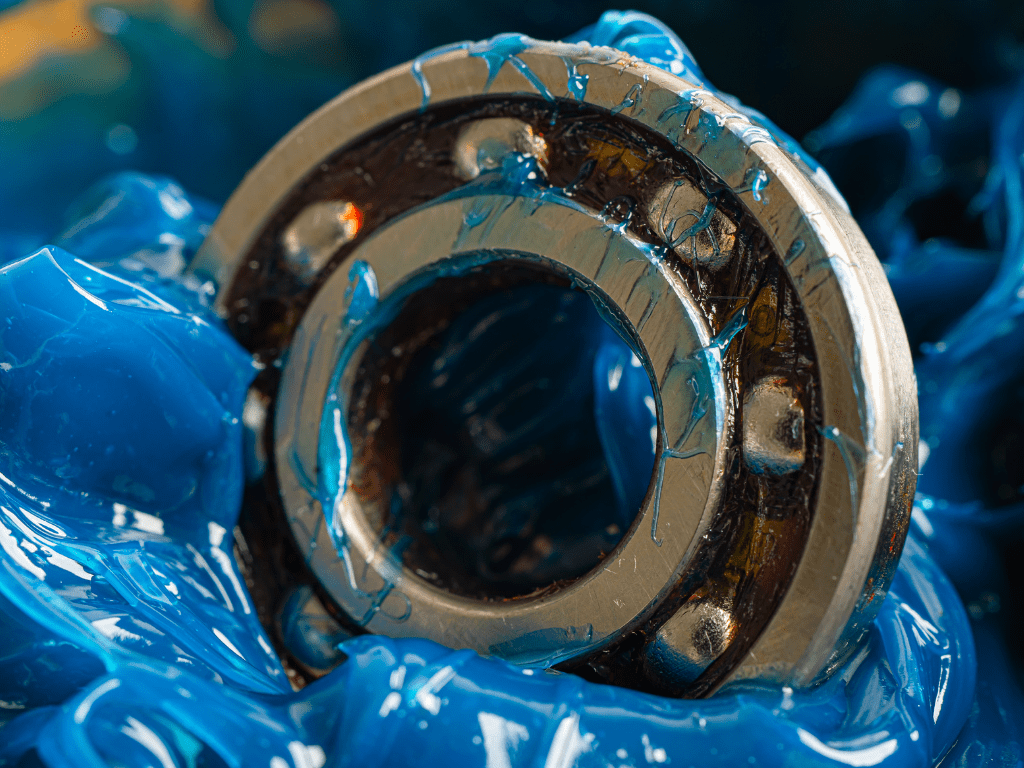I. Introduction to Kitchen Grease Traps
Commercial kitchens are bustling hubs of activity, where food is prepared and served to eager customers. Behind the scenes, however, lies a critical component that ensures the smooth operation of these establishments: the kitchen grease trap. Kitchen grease traps, also known as grease interceptors or grease separators, play a vital role in preventing grease, oil, and other solid wastes from entering the drainage system and causing blockages. Understanding the importance of grease traps and implementing regular maintenance practices is essential for the efficient functioning of any commercial kitchen.
II. Understanding Kitchen Grease Traps
Kitchen grease traps are plumbing devices designed to intercept and collect fats, oils, and grease (FOG) from wastewater before it enters the sewer system. They typically consist of a tank or container located underground or within the kitchen premises. As wastewater flows through the grease trap, the FOG separates and floats to the top, while solid particles settle at the bottom. The clarified water is then discharged into the sewer system, reducing the risk of clogs and backups.
III. Common Problems Associated with Grease Traps
Identifying Signs of a Malfunctioning Grease Trap:
- Slow drainage: If wastewater drains slowly from sinks or other fixtures, it may indicate a clogged grease trap.
- Foul odors: Accumulated FOG and organic matter in the grease trap can produce unpleasant odors, affecting the kitchen environment.
- Grease buildup: Visible grease buildup on surfaces near the grease trap or in drainage pipes may indicate a problem.
- Backups: Sewage backups or overflows in sinks or floor drains can occur when a grease trap is full or malfunctioning.
Effects of Neglecting Grease Trap Maintenance:
- Clogs and backups: Neglecting grease trap maintenance can lead to clogs in drainage pipes, causing backups and disruptions to kitchen operations.
- Foul odors: Decomposing organic matter in neglected grease traps can emit foul odors, affecting the kitchen environment and potentially driving away customers.
- Environmental pollution: If grease traps overflow or leak, they can release FOG and contaminants into the environment, polluting waterways and harming aquatic ecosystems.
- Regulatory violations: Many jurisdictions have regulations mandating regular grease trap maintenance to prevent environmental pollution and ensure public health and safety. Failure to comply with these regulations can result in fines and penalties.

IV. Importance of Regular Cleaning
Regular cleaning and maintenance are paramount to ensure the optimal performance of kitchen grease traps. By adhering to a scheduled cleaning regimen, kitchen operators can prevent costly repairs, minimize downtime, and comply with regulatory requirements. Here’s why regular cleaning is essential:
- Preventing Clogs and Backups: Routine cleaning helps remove accumulated fats, oils, and grease (FOG) along with solid debris from the grease trap. By preventing the buildup of these substances, regular cleaning reduces the risk of clogs in drainage pipes and backups in sinks and floor drains. This ensures uninterrupted wastewater flow and prevents costly disruptions to kitchen operations.
- Maintaining Hygiene and Sanitation: Clean grease traps contribute to a cleaner and more hygienic kitchen environment. Accumulated FOG and organic matter in neglected grease traps can emit foul odors and harbor harmful bacteria, posing health risks to kitchen staff and customers. Regular cleaning helps eliminate odors and minimizes the spread of pathogens, ensuring a safer working environment.
- Extending Equipment Lifespan: Proper maintenance and regular cleaning can prolong the lifespan of kitchen equipment, including grease traps. By preventing corrosion and damage caused by accumulated grease and debris, regular cleaning helps preserve the integrity and functionality of grease traps, reducing the need for costly repairs or replacements.
- Compliance with Regulations: Many jurisdictions have regulations mandating regular grease trap maintenance to prevent environmental pollution and ensure public health and safety. Adhering to a cleaning schedule helps kitchen operators comply with these regulations, avoiding fines, penalties, and potential legal liabilities.
- Cost Savings: Investing time and resources in regular grease trap cleaning can result in long-term cost savings for commercial kitchens. By preventing clogs, backups, and equipment failures, regular cleaning reduces the need for emergency repairs and downtime, ultimately lowering maintenance costs and improving overall operational efficiency.
V. Step-by-Step Guide for Cleaning Grease Traps
A. Preparing for Cleaning
Before initiating the cleaning process, it’s crucial to gather all the necessary equipment and materials and take safety precautions to ensure a smooth and hazard-free cleaning operation.
- Gathering Necessary Equipment and Materials:
- Heavy-duty gloves
- Safety goggles
- Protective clothing (apron or coveralls)
- Scraper or spatula
- Stiff-bristled brush
- Bucket or container for waste disposal
- Eco-friendly degreaser or enzymatic cleaner
- Water hose or pressure washer (optional)
- Safety Precautions to Take:
- Wear heavy-duty gloves to protect your hands from chemicals and sharp objects.
- Put on safety goggles to shield your eyes from splashes and debris.
- Wear protective clothing, such as an apron or coveralls, to prevent grease and grime from soiling your clothes.
- Ensure proper ventilation in the area to prevent the buildup of toxic fumes.
B. Draining the Trap
Once you’ve assembled all the necessary equipment and materials and taken the required safety precautions, it’s time to drain the grease trap effectively while adhering to proper procedures.
- Procedures for Safely Removing Accumulated Grease and Oil:
- Locate the access point or lid of the grease trap.
- Carefully remove the lid using caution to avoid spills and splashes.
- Using a scraper or spatula, gently scrape off any solidified grease and oil from the surface of the trap.
- Transfer the collected grease and oil into a designated waste container or bucket for proper disposal.
- Disposal Methods for Collected Waste:
- Dispose of the collected grease and oil in accordance with local regulations and environmental guidelines.
- Avoid pouring grease down drains or sewers, as it can cause blockages and environmental pollution.
- Consider recycling or reusing collected grease and oil if feasible.
C. Scrubbing and Cleaning
With the trap drained, it’s time to thoroughly scrub and clean the interior surfaces to remove residual grease, oil, and grime.
- Techniques for Cleaning the Trap Thoroughly:
- Use a stiff-bristled brush or scrubbing pad to scrub the interior surfaces of the grease trap.
- Apply an eco-friendly degreaser or enzymatic cleaner to help break down stubborn grease and organic matter.
- Scrub the trap vigorously, paying special attention to corners, edges, and baffles where grease tends to accumulate.
- Rinse the trap with clean water to remove loosened debris and cleaning residue.
- Integration of Aquaquick 2000 for Enhanced Cleaning Efficiency:
- Aquaquick 2000 is a highly effective cleaning solution that can be integrated into the grease trap cleaning process to enhance efficiency.
- Aquaquick 2000 utilizes advanced surfactant technology to penetrate and emulsify grease, oil, and organic matter, making them easier to remove.
- By incorporating Aquaquick 2000 into the cleaning regimen, grease traps can be cleaned more thoroughly and with less effort.
- Explanation of How Aquaquick 2000 Aids in Breaking Down Oil and Waste:
- Aquaquick 2000 contains specialized surfactants that break down the molecular bonds of grease and oil, allowing them to be dispersed in water.
- This action facilitates the emulsification of grease and oil, effectively breaking them down into smaller particles that can be easily rinsed away.
- Aquaquick 2000’s unique formulation ensures deep penetration into grease trap surfaces, ensuring thorough cleaning and removal of stubborn residues.
- Benefits of Using Aquaquick 2000 in Conjunction with Traditional Cleaning Methods:
- Aquaquick 2000 enhances the cleaning efficiency of traditional methods by accelerating the breakdown and removal of grease, oil, and organic matter.
- By using Aquaquick 2000, kitchen operators can achieve cleaner grease traps with less time and effort, resulting in improved hygiene and reduced maintenance costs.
- Aquaquick 2000’s eco-friendly formula is safe for use in commercial kitchen environments and helps minimize environmental impact compared to harsh chemical cleaners.
D. Inspecting and Reassembling
After cleaning the grease trap, it’s essential to inspect the components for any damages or issues and properly reassemble the trap to ensure optimal performance.
- Checking for Any Damages or Issues:
- Inspect the trap’s interior surfaces for signs of damage, corrosion, or wear.
- Check seals, gaskets, and connections for leaks or deterioration.
- Replace any damaged or worn components to prevent leaks and ensure proper functioning.
- Properly Putting the Trap Back Together:
- Carefully reassemble the grease trap, ensuring all components are securely fitted and properly aligned.
- Tighten any loose fittings or connections to prevent leaks.
- Replace the access lid and secure it in place to prevent unauthorized access.
By following these step-by-step instructions for cleaning kitchen grease traps and integrating Aquaquick 2000 into the cleaning process, commercial kitchen operators can ensure efficient grease trap maintenance and optimal performance.

VI. Best Practices for Maintaining Kitchen Grease Traps
In addition to regular cleaning, implementing the following best practices can help maintain the efficiency and longevity of kitchen grease traps:
- Install Properly Sized Traps: Ensure the grease trap size is adequate for the kitchen’s volume of wastewater and FOG production.
- Monitor Grease Levels: Keep track of grease accumulation and schedule cleanings accordingly to prevent overflows and clogs.
- Educate Staff: Train kitchen staff on proper grease disposal practices and the importance of maintaining grease traps.
- Schedule Professional Inspections: Periodically hire certified professionals to inspect and service the grease trap, ensuring it meets regulatory standards.
VII. Environmental Considerations
Proper disposal of grease and cleaning solutions is essential to minimize environmental impact. Consider the following eco-friendly practices:
- Recycling Grease: Recycle collected grease and fats to produce biodiesel or other sustainable products.
- Use of Biodegradable Cleaners: Choose cleaning solutions that are biodegradable and environmentally friendly.
- Proper Disposal: Dispose of waste materials in accordance with local regulations and guidelines to prevent pollution and contamination.
VIII. FAQs about Kitchen Grease Traps
How often should a kitchen grease trap be cleaned?
Regular cleaning frequency depends on factors such as kitchen size, volume of wastewater, and local regulations. In general, grease traps should be cleaned every 1-3 months to prevent clogs and maintain efficiency.
B. What are the consequences of not cleaning a kitchen grease trap regularly?
Neglecting grease trap maintenance can lead to clogs, backups, foul odors, and environmental pollution. It may also result in costly repairs and regulatory fines.
C. Can I clean a kitchen grease trap myself, or should I hire a professional?
While some kitchen operators may choose to clean grease traps themselves, hiring a professional grease trap service ensures thorough cleaning, compliance with regulations, and proper disposal of waste materials.
D. Is Aquaquick 2000 safe to use in commercial kitchen settings?
Aquaquick 2000 is a highly effective cleaning solution designed for use in commercial kitchens. Its eco-friendly formula breaks down grease and organic matter, facilitating easier cleaning and maintenance of grease traps.
IX. Conclusion
In conclusion, maintaining clean and functional kitchen grease traps is essential for the smooth operation of commercial kitchens. By following a comprehensive cleaning regimen, implementing best practices, and utilizing effective cleaning solutions like Aquaquick 2000, kitchen operators can minimize the risk of clogs, backups, and environmental pollution. Remember, regular maintenance not only ensures compliance with regulations but also contributes to a safer, healthier, and more efficient kitchen environment.














